
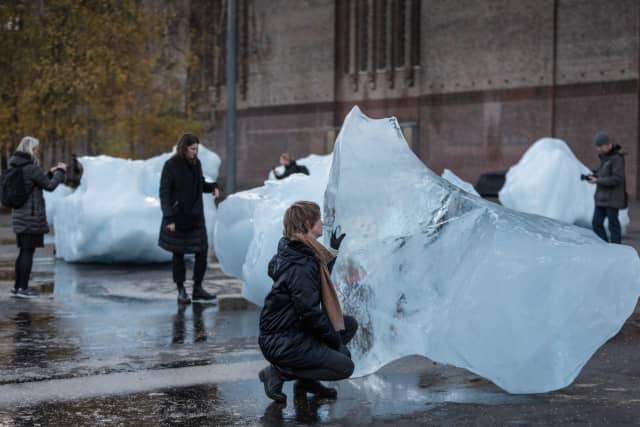
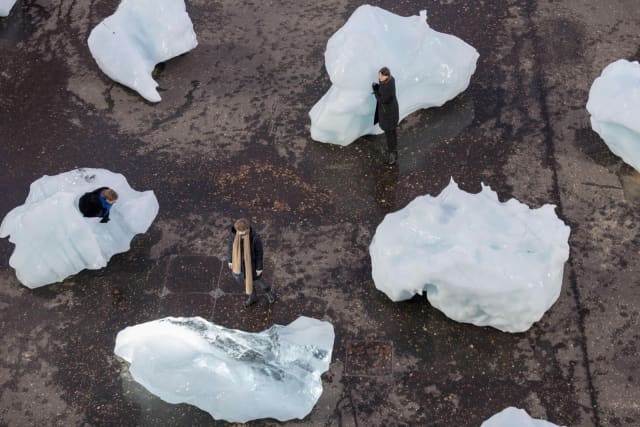


Now that Ice Watch in London has come to a close, we have received the final carbon-footprint report commissioned from Julie’s Bicycle, a London-based charity that supports the creative community to act on climate change and environmental sustainability. According to Julie’s Bicycle, ‘The carbon footprint resulting from the exhibition of Ice Watch London was a total 39 tonnes CO2e, or 1.3 tonnes CO2e per block of ice. The carbon cost for bringing each block of ice is approximately equal to one person flying from London to Greenland to witness the ice melting of the Greenland ice sheet (1.2 tonnes CO2e per return flight).’ The full report is available on icewatchlondon.com (scroll down to the press section).
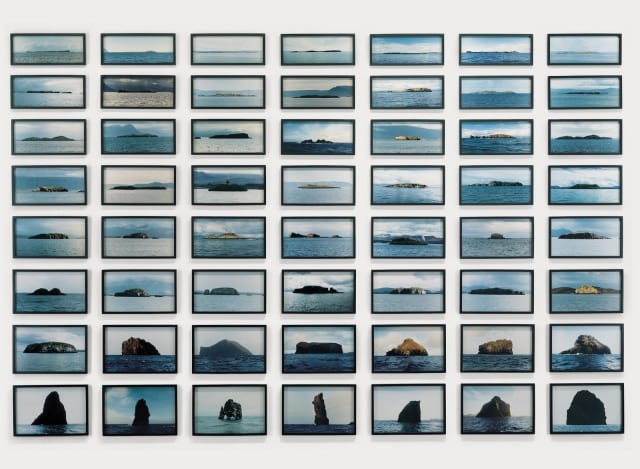
The island series, 1997
Surtsey eruption, Iceland, 1963 by Stefán Gunnbjörn Egilsson technology specialist and geologist Thorleifur Einarsson, University of Iceland
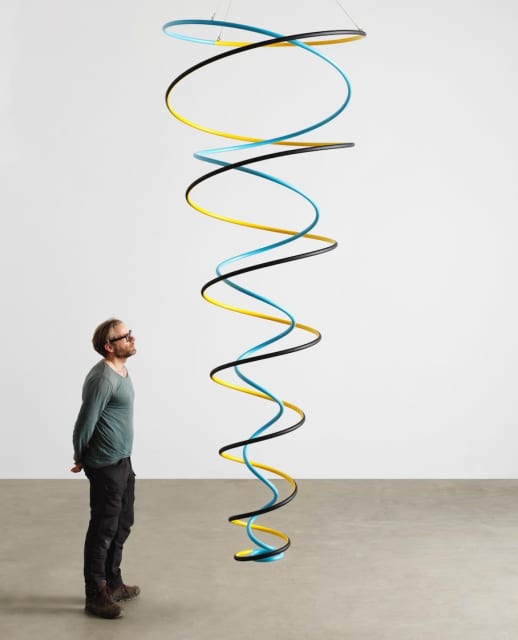
What goes up, 2018
On the scale of deep time, the human experience is a blink of an eye. Our actions, however, have consequences on a geological and planetary scale. Ice Watch, Tate Modern, London, December 2018

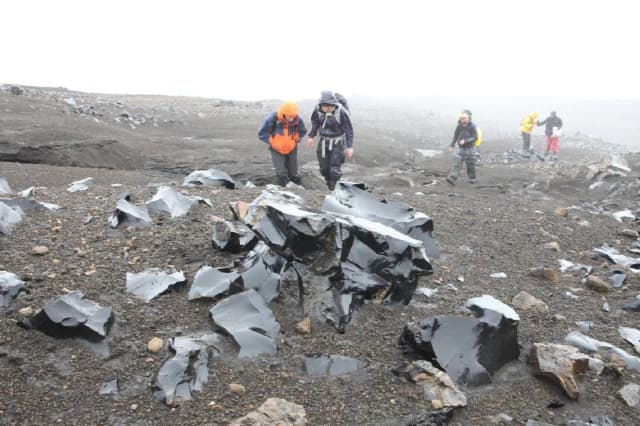
‘On the second day of walking, we let the topography, the rolling hills and mountains, guide us as we embarked on a journey without a trail. Distance had to be estimated and negotiated. Navigation became a concern. We set out in the morning across the obsidian fields called Hrafntinnusker, west of the volcano Hekla. The black volcanic glass reflected our bodies, movement, and the sky like mirrors scattered all over the ground. It generated a sense of fragility in us when we walked, causing every little step to be tentative rather than confident. To walk is to produce an instant future. Here the future was rich with uncertainty. As we walked through the fields of shiny surfaces, the obsidian deflected our gaze from what lay ahead, constructing a sense of the space we had just left behind. Like a rear-view mirror, the black stones gave a “then” to our “now” and “soon”. Time was given space. Immediate futures were produced through fragmented images of the past.’ From ‘Rear view time’, written by Olafur after a two-day hike in Iceland with his then students from the Institut für Raumexperimente in 2010. You can read the full essay here.
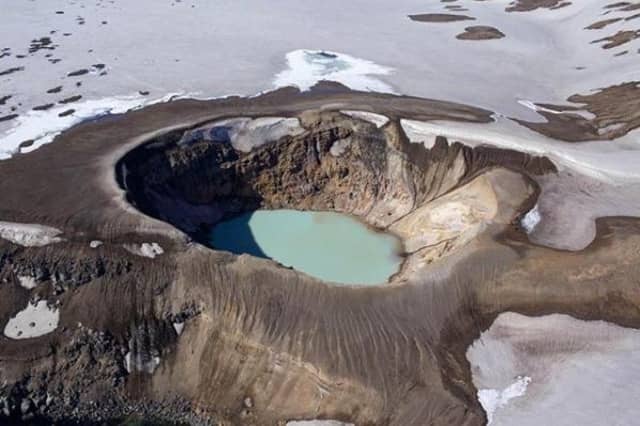
Parabolic planet, 2010
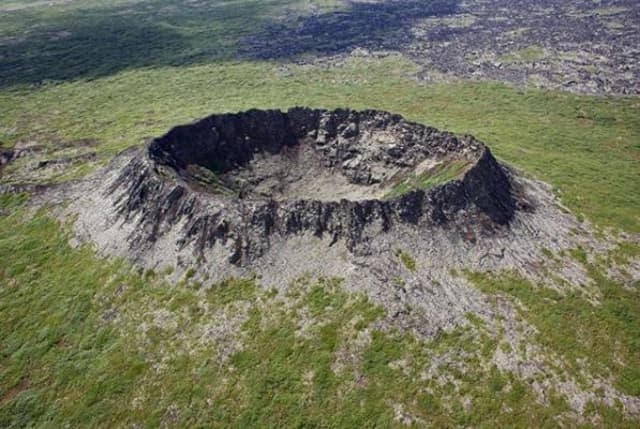
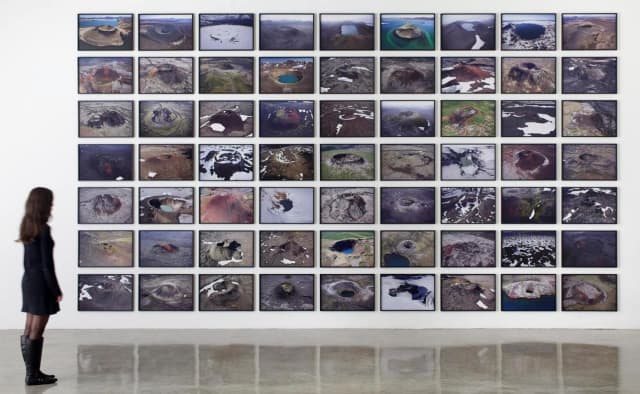
The volcano series, 2012
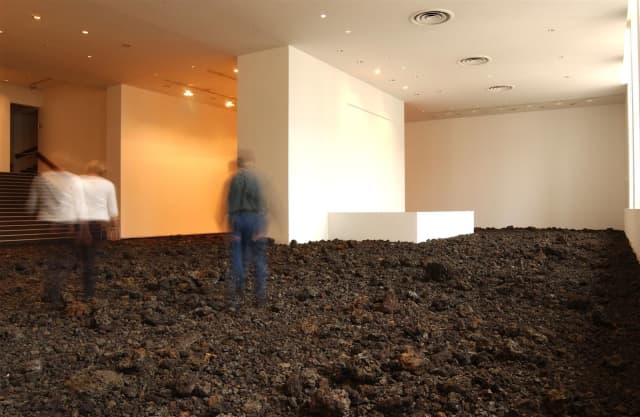
Lava floor, 2002
For the first time, Little Sun have made their way to children in Gaza, where for nearly 11 years daily blackouts have been raising the need for reliable electricity. Thanks to Rebuilding Alliance for sharing the light. Solar power is for everyone! via Instagram

Lava kalejdoscope, 2012
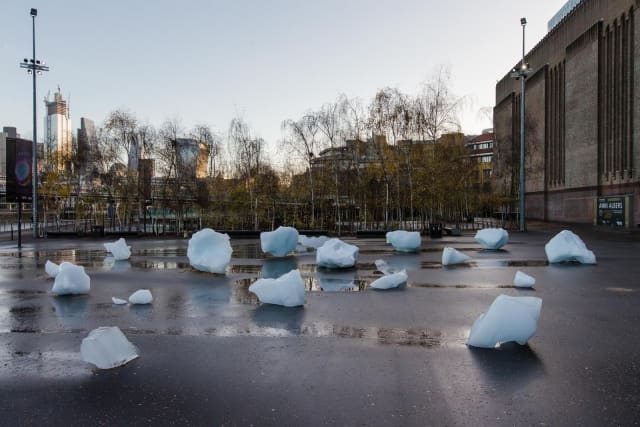
Ice Watch in London has run out. A huge thanks to everyone involved in the project and to everyone who took the time to come by and have an experience with the glacial ice. We hope that Ice Watch created feelings of proximity, presence, and relevance, of narratives that you can identify with and that make us all engage.


Seu corpo da obra (Your body of work), Art and Science Museum, Singapore. Photo: Katia Zavialov. The work was first exhibited at SESC Pompeia, Sao Paolo, in 2011, where it took up a dialogue with Lina Bo Bardi’s exceptional building. Transparent sheets of foil - in cyan, magenta, and yellow - are suspended from the ceiling to form a maze. Additional colours appear when these hues visually overlap, forming compositions that continually change in response to the viewer’s movement through space. Seu corpo da obra was inspired by the work of Brazilian artist Helio Oiticica.

Little Sun's global impact to date - check out their year 2018 in pictures

Ice Watch, in front of Tate Modern, London

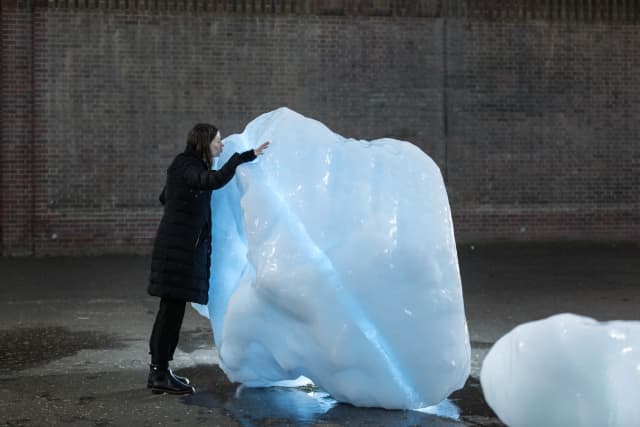
Ice Watch opens today on Bankside, outside TATE Modern, and in the City of London, outside Bloomberg’s European headquarters
11 December 2018 until the ice has melted
Follow the journey of the ice: icewatchlondon.com
#IceWatchLondon
Ice Watch is coming to London! #icewatchlondon
24 blocks of glacial ice will be arranged in a circular grove on Bankside outside TATE Modern, and six additional blocks outside Bloomberg's European headquarters. Follow the journey of the ice: icewatchlondon.com
Many people have been commenting today to share their concerns about the carbon footprint of Ice Watch London. This question is absolutely worth asking. We think it is valid to hold cultural projects and institutions to a high standard, especially those addressing climate change head-on.
The fact is, everything we do – including everything we do to take on climate change – has a carbon footprint. Often we only think about this when it is explicitly addressed by the work, as in the case of Ice Watch, a work that is intended to raise awareness and inspire climate action, but this question needs to be asked about all activities – every government summit, business meeting, music concert, art exhibition, trade fair, and even google search. It needs to be part of our thinking as a society.
It is important for Olafur and for the Studio to have a clear picture of the environmental impact of bringing Ice Watch to London. That is why we have partnered with Julie's Bicycle (a sustainability charity for the arts sector) to calculate the project’s carbon footprint. While this report will not be completed until the end of the project, Julie’s Bicycle has estimated that Ice Watch will consume 35 tonnes of CO2e. That’s a lot, but to put it into perspective, it is the equivalent of flying 33 people roundtrip from London to Nuuk, Greenland, to visit the melting Greenland ice sheet for themselves.
So while we are very conscious that a project like this carries a non-negligible carbon footprint, it needs to be viewed in relation to the thousands, even millions of people who will be reached by it in London and around the world. Simply showing people films, photographs, and articles is important but not necessarily sufficient. People need to face the tangible consequences of their actions, need to be able to see and feel what we are losing. That experience is what we are bringing to millions of people in one of the decision-making centres of the world. After many years of traditional campaigning, we are now all looking at more direct, forceful, and experiential ways of encouraging people to stop, engage, think, and move towards taking action.

'It is clear that we have only a short period of time to limit the extreme effects of climate change. By enabling people to experience and actually touch the blocks of ice in this project, I hope we will connect people to their surroundings in a deeper way and inspire radical change. We must recognise that together we have the power to take individual actions and to push for systemic change. Let’s transform climate knowledge into climate action!' – Olafur Eliasson icewatchlondon.com
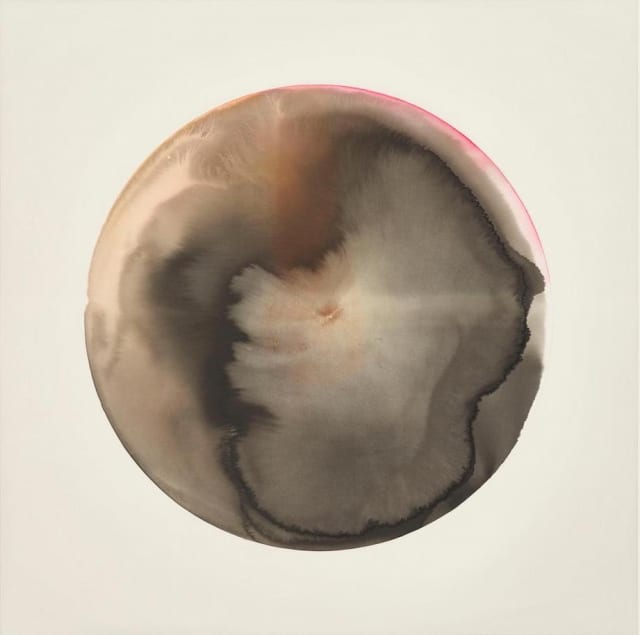
Glacial currents, 2018 - watercolour, glacial ice and ink on paper